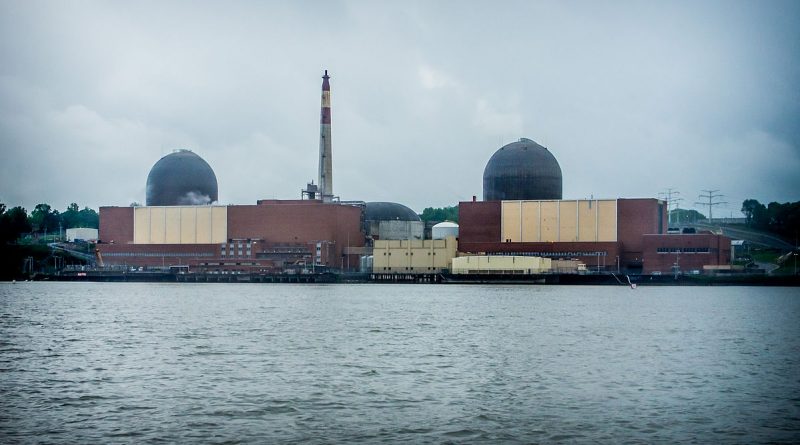FOCUS on the Global Energy Crisis: Asia
Anna Thibodeau
Layout Editor
The effects of the current global energy crisis are touching the whole world, but they are the most apparent in the Asia-Pacific region. Lines for fuel stations hit two miles long in Sri Lanka this summer and the government approved private schools to close for at least two months. Pakistan has reduced its work week from six days to five, yet hour long power outages plague the country daily. Malls and restaurants in their largest city, Karachi, have been asked to close early as the country’s energy supply is almost 5,000 megawatts below demand, says CNN.
In Tokyo, liquified natural gas (LNG) costs 10 times more than the typical summer rate. Spot prices for LNG supplied to Japan, South Korea, and China this summer reached $40 per one million British thermal units (BTU), and even hit $50 per one million BTUs at the end of July. Spot prices are usually around $5 per one million BTUs in the summer and get higher during the winter months, according to Nikkei Asia. Pakistan’s imports of LNG from January to July were down 18 percent from last year, and the country had to back out of bidding for 10 cargoes of natural gas that would have arrived between July and September due to lack of funding. LNG imports have dipped in India and Bangladesh, alongside other countries. As a result of the energy crisis, the output of Pakistan’s textile industry crashed by more than half in July, losing them at least $1 billion in revenue. With winter approaching, richer Asian countries, such as China, Japan, and South Korea, are buying LNG in bulk. Since April, the expected growth for Asian economies has dropped from 5.4 percent to 4.6 percent.
COVID-19, climate issues, and supply and demand problems have driven gas and oil prices up since 2020, Foreign Policy says. Now, with sanctions placed on Russia due to its ongoing war on Ukraine, a large part of the world’s oil supply is cut off and supply and demand has gotten even worse. According to CNN, Russia is the world’s third largest oil producer and second largest crude oil exporter. Countries know that they can no longer rely on crude oil as heavily and are scrambling to find alternative energy sources.
Many Asian countries are now turning to nuclear energy. Bloomberg reports that Japan and South Korea are removing anti-nuclear policies, while China and India are looking to build more reactors. This marks a dramatic shift for the nuclear industry, as projects around the world that were abandoned after the Fukushima disaster in 2011 are being revisited, Reuters explains. Nuclear technology has progressed greatly since then. Small modular reactors are much faster and cheaper to build than the nuclear plants originally planned in 2011. China currently has 24 gigawatts of nuclear power and another 34 gigawatts planned, Bloomberg states.
Despite the recent warming to nuclear energy, not every country is jumping on board. Building a larger dependence on nuclear energy is years or even decades away. So, while it can help avoid future crises, it is not a solution to the crisis right now. Seventy percent of India’s energy already comes from coal, but the country is now increasing coal consumption in response to the energy crisis. Coal India, its largest coal company, is importing coal for the first time since 2015, according to CNN. Coal is a much cheaper option than LNG or renewables, which is why India may not be the only country to turn to it, regardless of its climate effects.
If India’s decision to rely more heavily on coal is a temporary, the effects could be easily mitigated. However, if starts a trend, it could cause huge problems for the environment. Scientists say a drastic reduction in coal mining is necessary to limit the effects of global warming. If the global average temperature surpasses a 1.5 to 2 degrees Fahrenheit increase, even temporarily, damage to the planet could be irreversible, CNN says.
Foreign Policy asserts there is no end to the energy crisis while Russia is at war. Increased rolling blackouts and electric instability is going to hit low-income countries, who will suffer even more this upcoming winter. The energy crisis will also increasingly affect agriculture and food. Countries will continue to pay exorbitant prices for energy and be forced to explore alternative energy sources until this is resolved.

